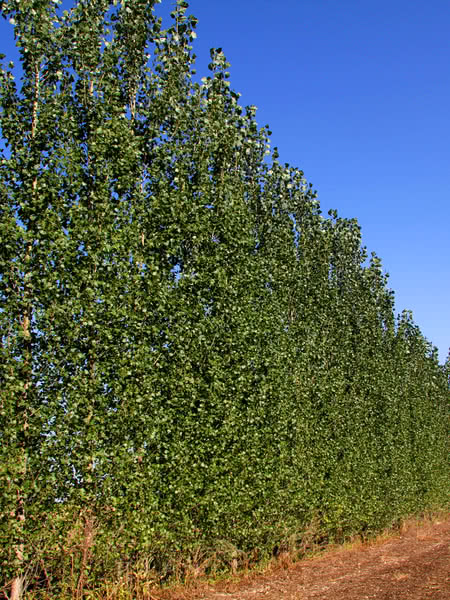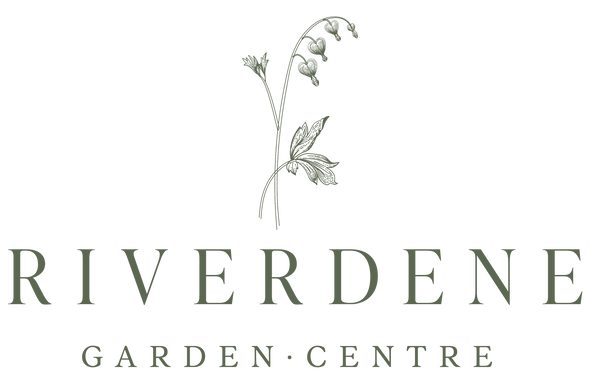Riverdene Garden Center
Sundancer Poplar
Sundancer Poplar
Couldn't load pickup availability
Populus x canadensis 'Sundancer'
Sundancer Poplar is a fast-growing, columnar hybrid poplar that is well-suited to prairie landscapes. It is highly cold-hardy (Zone 2), drought-tolerant, and disease-resistant, making it a great choice for windbreaks, shelterbelts, or as a vertical accent tree. Unlike some poplars, it has stronger wood, fewer suckers, and less aggressive roots, making it a better option for urban and residential plantings.
Planting & Location
- Hardiness Zone: 2-6 (ideal for Southwest Saskatchewan)
- Mature Size: 40-50 feet tall, 10-15 feet wide
- Growth Rate: Fast (3-6 feet per year under ideal conditions)
- Sunlight Needs: Full sun (at least 6 hours of direct light per day)
-
Soil Preference:
- Adaptable to a wide range of soils (loam, clay, sandy).
- Prefers moist, well-drained soil but tolerates some dryness.
- Can handle alkaline and slightly acidic soils.
- Spacing: 10-12 feet apart for a hedge or windbreak, 15+ feet apart for individual plantings.
Watering
- Young Trees (First 2-3 Years): Deep water 1-2 times per week to help root establishment.
- Established Trees: Drought-tolerant, but benefits from deep watering every 2-3 weeks in hot, dry weather.
- Avoid Overwatering: Poplars don’t like soggy roots—ensure proper drainage.
Fertilizing
- First Year: No fertilizer needed—focus on root growth.
-
Mature Trees:
- Apply a balanced slow-release fertilizer (10-10-10) in early spring to boost growth.
- Organic options: Compost or well-rotted manure in spring as mulch.
Pruning & Maintenance
- Best Time to Prune: Late winter to early spring before new growth starts.
-
How to Prune:
- Remove dead, damaged, or crossing branches for a strong structure.
- Maintain a single central leader for a strong, upright form.
- Minimal pruning needed—this poplar maintains its shape naturally.
- Suckering: Less suckering than other poplars, but remove any that appear.
Pest & Disease Management
Common Pests:
-
Aphids – Can cause curled leaves and sticky honeydew.
- Solution: Encourage natural predators (ladybugs) or spray with insecticidal soap.
-
Leaf Beetles – Can chew leaves in summer.
- Solution: Handpick or use insecticidal soap if severe.
Common Diseases:
-
Canker Diseases (e.g., Cytospora Canker) – Can cause branch dieback.
- Solution: Prune out affected branches and ensure proper watering.
-
Rust (Melampsora spp.) – Causes orange spores on leaves.
- Solution: Rake and remove fallen leaves; apply fungicide if severe.
-
Leaf Spot (Marssonina spp.) – Causes small black spots on leaves.
- Solution: Improve air circulation and remove infected leaves.
Winter Protection
- Young Trees: Protect trunks with tree wrap or guards to prevent sunscald and frost cracks.
- Mulching: Apply 2-4 inches of mulch around the base (but not touching the trunk) to insulate roots.
- Deer & Rodent Protection: Use tree guards if browsing is an issue.
Landscape Uses
Fast-growing windbreak or shelterbelt
Great privacy screen with narrow, upright form
Cold-hardy & drought-resistant once established
Less aggressive roots & minimal suckering compared to other poplars
Strong wood—less prone to breakage than other hybrid poplars
Low-maintenance
Additional Notes:
- Sundancer Poplar is a superior hybrid poplar compared to traditional poplars due to its disease resistance, strong structure, and non-invasive root system.
- It is an excellent choice for prairie conditions, where wind and drought can be challenging for other trees.
- Lifespan: 30-50 years—longer than most fast-growing poplars.
Share


